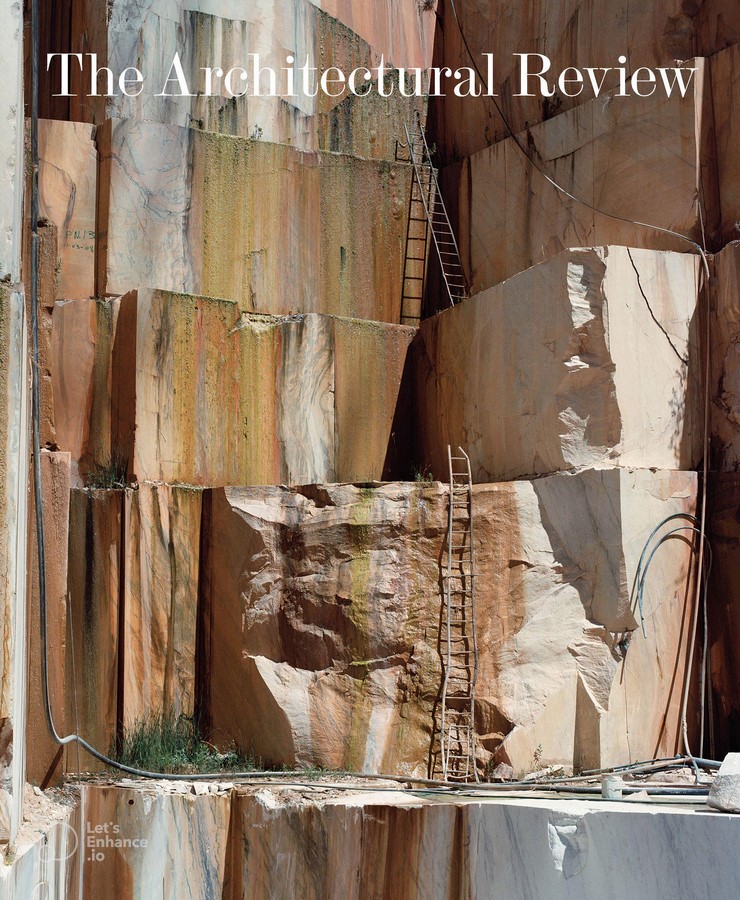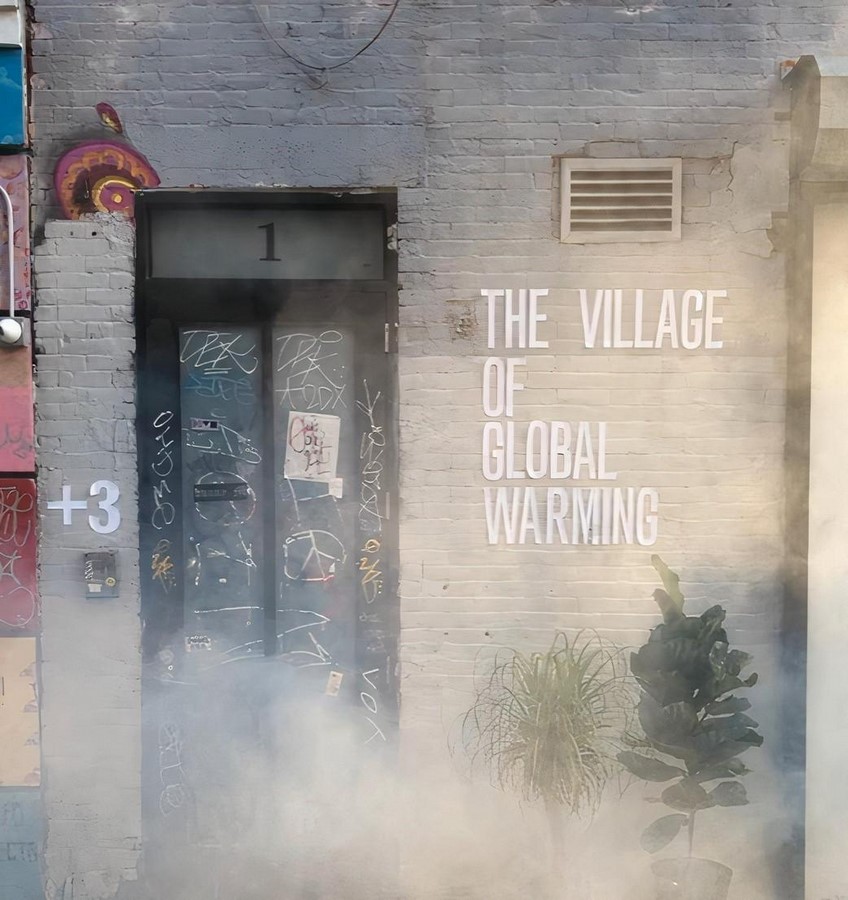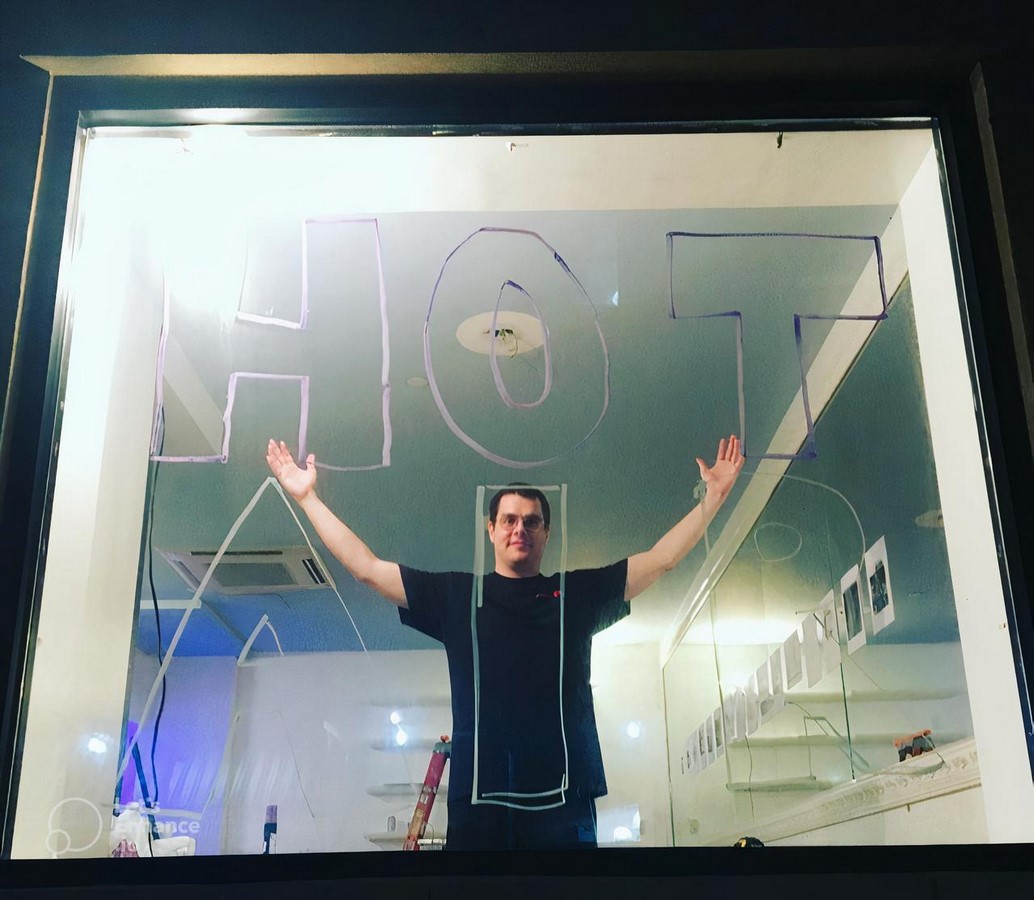Background and Work
Author, editor, and columnist Matt Shaw is well-known for his articles on architecture that use it as a lens through which to examine political, social, and cultural shifts. His writing has featured numerous prestigious publications, including The Architectural Review, The New York Times, The Guardian, PIN-UP, Artforum, and Domus. Shaw has a special interest in the criticism and analysis of architecture, and he frequently explores the broader implications and influences of architecture in society in his writing. Shaw is also one of the co-founders of Hot Air, a project space for experimental art in the heart of New York City. Hot Air is a venue for cutting-edge, cross-disciplinary projects integrating artistic and architectural practices.

He is the creator and co-editor of Mockitecture, a collection focusing on architectural debauchery and combining elements of a manifesto and satire. Shaw has collaborated with several groups and publications, including Architizer, Storefront for Art and Architecture, and the Columbia Laboratory for Architectural Broadcasting. His writing has appeared in prestigious journals like The Architectural Review, Beyond, Domus, and Icon. Thanks to these platforms, he has a venue to express his ideas, criticisms, and observations about architecture and design. Shaw has written and conducted research for two editions of the directory titled “Europe’s Top 100 Architecture and Design Schools” for Domus. Shaw has a particular interest in architectural education. These handbooks offer insights into prestigious architectural and design institutions in Europe.

Book Publications and Editorial Role
Shaw will have a book out in 2023 from Monacelli Press. The book, written in collaboration with eminent photographer Iwan Baan, examines Columbus, Indiana’s architectural landscape. This publication will shed light on the distinctive architectural landscape of the city. He previously held the position of Executive Editor at The Architect’s Newspaper, an online source for news about architecture and design. The International Committee of Architectural Critics (CICA) mentioned the publication during his leadership. Roles in Education and Advisory: The Southern California Institute of Architecture (SCI-Arc), Indiana University, and the University of Pennsylvania (UPenn) are among the prestigious institutions where Shaw has taught critical writing. Shaw is also active in academia.
Additionally, he has participated in juries, awards committees, and advisory boards for various architectural projects. It’s important to note that this information is based on the specifics about Matt Shaw that have been provided as of the knowledge cutoff date of September 2021.
The Critical Method Unit (CMU), an experimental research team connected to Syracuse University’s NYC Architecture Program, is headed by Matt Shaw. This group investigates cutting-edge and insightful methods for architectural practice and research. Academic and Invited Critic Engagements: Shaw has accepted invitations to speak as a critic at esteemed universities like Yale, Columbia, and UCLA. He offers students and their architectural projects critical feedback, insights, and direction in this capacity. His active participation as a critic indicates that he has knowledge of architecture and contributed to the field’s discourse and instruction.
Hot Air Space Project
Downtown Manhattan‘s HOT AIR is a mobile, volunteer-run DIY architecture space that offers an alternative platform away from the traditional New York City institutions. When it first started as ‘Haute Air’ in the heart of Soho, it occupied the space where it operated out of vacant and abandoned storefronts. It paradoxically benefits from the extreme gentrification that has made Manhattan less welcoming to artists despite being located in one of the most expensive neighborhoods in the world.
HOT AIR provides a haven for creative experimentation and aesthetic flexibility. It contrasts the dominant market-driven aesthetics that currently shape the city’s-built environment. Through its mobile lifestyle and DIY ethos, it adopts a grassroots philosophy and relies on the commitment and teamwork of volunteers. Because of this, it can encourage grassroots and community involvement, fostering inclusivity and giving people the power to influence and contribute to the architectural discourse.
In essence, it questions accepted ideas about physical space, property ownership, and artistic expression. It represents the reclaiming of abandoned urban areas, resists the pressures of commercialisation, and creates a significant space for alternative viewpoints and architectural practices. New York’s economic environment has changed significantly, reshaping urban areas that frequently sustain economic austerity and marginalized emerging arts and cultures. In this setting, high-profile galleries and significant organizations with expanding budgets try to draw in a rapidly growing consumer base, further commercializing the arts.

In the midst of these dynamics, fresh challenges to established institutions have appeared in both virtual and unstable real-world settings. Artists are simultaneously reclaiming vacant homes and vacant retail spaces to experiment with alternative forms of the exhibition while releasing themselves from worries about market viability. By undermining the conventional exhibition space model, these strategies contest the implicit power structures of the art market and financial capital. They offer a chance to reconsider the connection between artists, their creations, and the general public while fostering alternative viewpoints and communities that defy conventional wisdom. It challenges the dominant narrative of exclusivity and capital-driven development by asserting the significance of community engagement and the value of creativity in influencing the future of cities.
The spirit of HOT AIR is further exemplified by collaborative projects like the FiDi Arsenale exhibition curated by Collin Clarke and Matt Shaw. The exhibition, which brings together a diverse range of artists, breaks down conventional barriers and emphasizes the strength of group creativity. Along with the exploration of virtual worlds and game engines, the inclusion of installations found objects, and research-based artworks exemplifies the interdisciplinary nature of contemporary artistic practices and the potential for reimagining the connections between space, society, and the arts. Finally, the project acts as a catalyst for change in downtown Manhattan’s artistic and architectural landscape. It offers an essential platform for alternative voices and practices by repurposing vacant spaces, fostering experimental ideas, and challenging prevailing aesthetics.

Matt Shaw is a visionary writer and editor in the field of architecture who is creative and thought-provoking. His work questions conventions, encourages aesthetic flexibility, and stimulates a reimagining of urban spaces, focusing on the intersections of politics, society, and culture.
References:
The FIDI arsenale – announcements – e-flux (no date) e. Available at: https://www.e-flux.com/announcements/314777/the-fidi-arsenale/ (Accessed: 12 May 2023).
Matt Shaw (no date a) DESIGN TALKS. Available at: https://www.design-pavilion.com/speaker-bios/matt-shaw (Accessed: 11 May 2023).
Matt Shaw (no date b) – Syracuse Architecture. Available at: https://soa.syr.edu/live/profiles/1142-matt-shaw (Accessed: 11 May 2023).
Lecture series (2023) The School of Architecture. Available at: https://tsoa.edu/lecture-series/ (Accessed: 12 May 2023).














